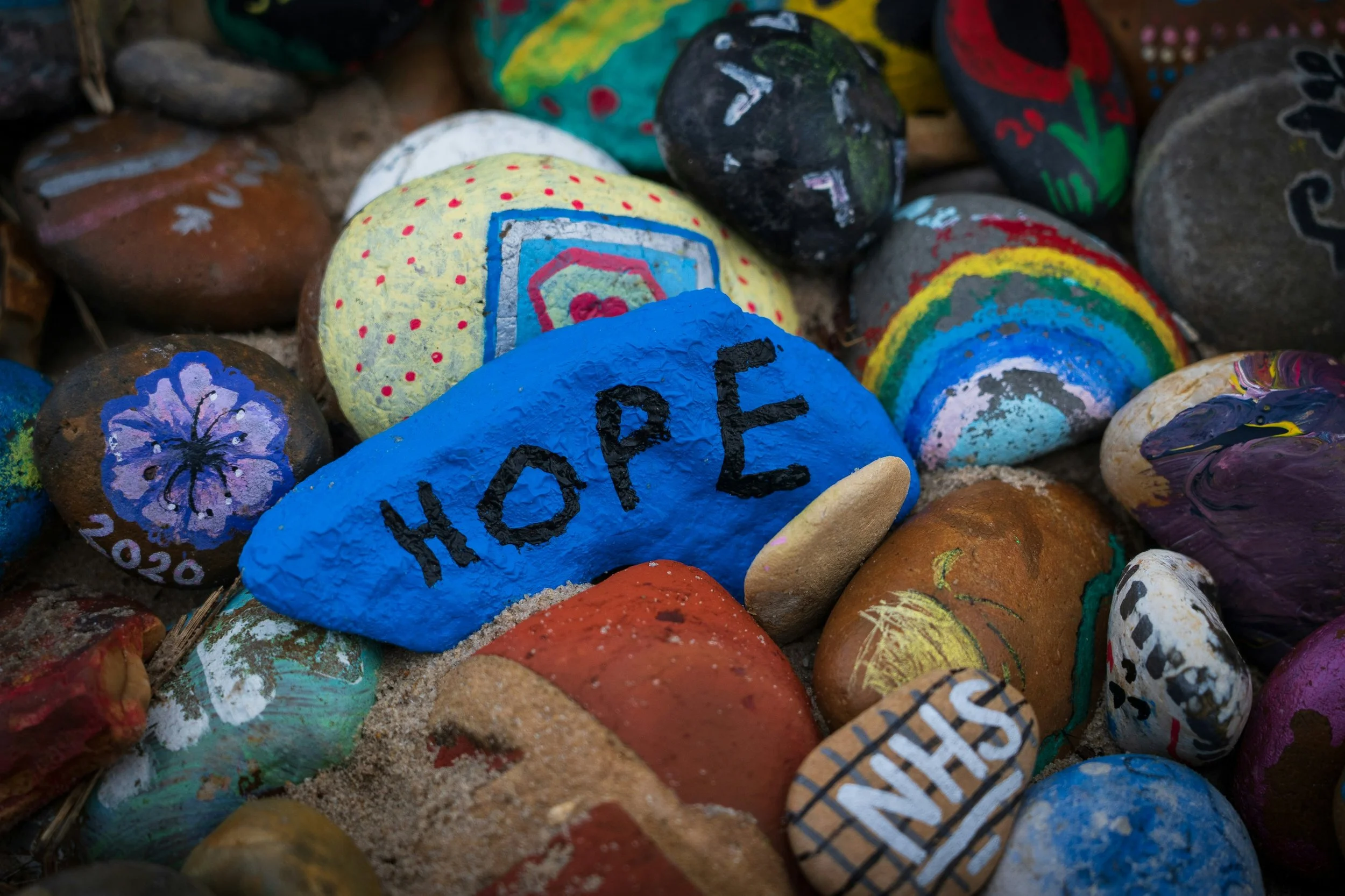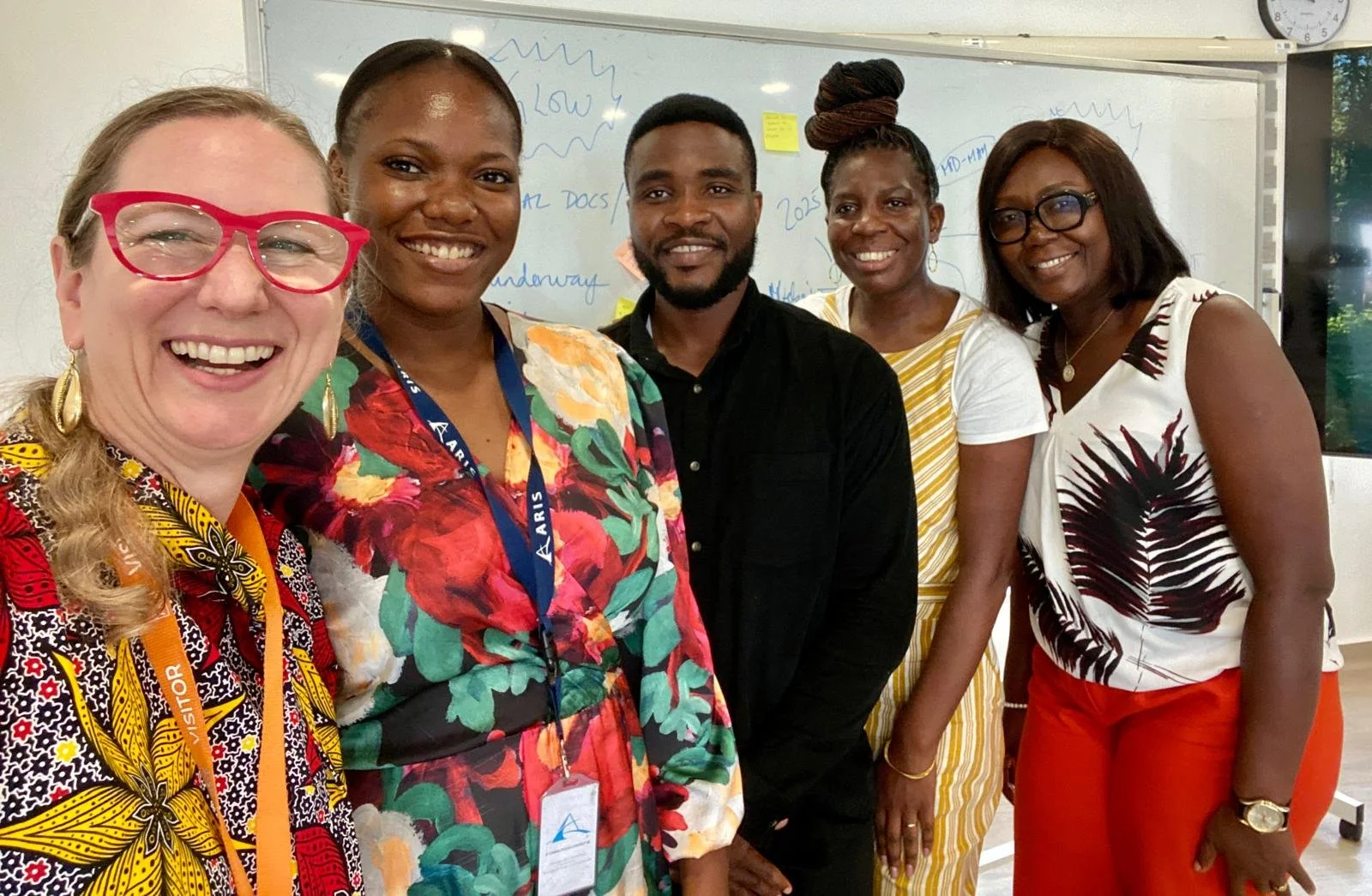
A New Narrative for Schools: the Blog
Storytelling, community engagement, global citizenship, sustainability… Welcome to my blog!
Seeds of Change through Bokashi Composting & a Reciprocal Partnership
Bokashi composting serves as a foundation for reciprocal community partnerships at the American International School of Lusaka in Zambia, with a whole lot of additional benefits for the community and nature, too!
How a “curriculum of hope” drives authentic inquiry and global citizenship
St. Ebbe’s Primary School in Oxford, UK, is committed to its innovative “curriculum of hope” that is rooted in a series of impactful inquiry questions for each grade level, as well as a focus on play, student agency and identity, and a love of nature. The stories of changeseeking, changemaking and deep belonging at St. Ebbe’s, as a result of these approaches, are deeply inspiring.
Shifting the narrative with an inaugural community engagement celebration
When the DP Creativity, Activity, and Service Coordinator and MYP Coordinator at Al-Rayan International School joined forces last year to create the school’s first service and community engagement celebration, a lot of amazing things happened. Learn more about this powerful and impactful event and how it’s helping shift the narrative towards authentic and meaningful community engagement at all levels in the school.
MYP IDUs as Vehicles for Authentic Community Engagement
"The most impactful experience for us this year is seeing what we've perceived as impossible for the past year become possible before our very eyes," says Temi Ray-Odekeye (MYP Coordinator at ARIS). "Before, we couldn't even connect service learning to our disciplinary units, and now we can connect them to our interdisciplinary units. Mind-blowing."
Story Circles 2.0: Sustainability Through Curriculum Integration
For the second year in a row, grade 9 Language & Literature students at ICS-Addis have engaged in deep listening and story exchanges with community members. This story highlights the sustainability of embedding service learning into the curriculum, as well as the growing impacts of deep listening for community building and authentic reflection.
How Storytelling Can Change the Way Students Understand their Communities
A Hong Kong CAS experience rooted in inquiry, deep listening and empathy interviews resulted in the creation of a documentary, additional films, and a lot of direct action. Check out the full story.
Cultivating Active Global Citizens: A Middle School Journey
The Global Citizenship team at WAB is designing a multi-layered approach to evolve their all-school program in impactful ways. In this post, middle school assistant principal Huiman Cheng shares strategies for approaching global citizenship curriculum design and community partnerships in sustainable and passionate ways.
Nurturing Young Advocates: How KG1 Students Champion Living Things
An inspiring look inside the American Community School (ACS) of Abu Dhabi's KG1 program, where the youngest learners are developing empathy, knowledge, and advocacy skills through deep exploration of the natural world.
Cultivating belonging & action through visual arts
At the International School of Uganda (ISU), visual arts teacher Jill Pribyl is creating transformative learning experiences that amplify belonging, wellbeing, meaningful connections and community engagement.
Experiential learning and the power of meaningful reflection
When it comes to experiential learning and trips, purposeful reflection can change a trip from being a one-off experience in a vacuum to being a deeply relevant and meaningful chapter in a student’s learning journey.
Grade 4 students become advocates for wildlife conservation
A grade 4 unit called “Sharing the Planet” exemplifies many transformative aspects of service learning, including interviews with primary sources for dynamic research, creating digital stories for advocacy, and working with community partners.
Building changemakers and changeseekers through a coaching partnership
At the International School of Kenya (ISK), middle school ELL educator Susan Cizek has redefined what it means for her students to be “changemakers,” thanks to a transformative coaching partnership. This collaboration led to a dynamic reimagining of Susan’s “Becoming a Changemaker” unit, adding real-world action, community engagement, and a new layer of advocacy.
The power and versatility of digital storytelling
In this post, I interview educator Michael Hernandez about his digital storytelling experiences with students over many years, and about his advice for teachers about how to use digital storytelling to redesign everyday teaching and learning, and assessment, to deepen student engagement and learning.
How a 3-year partnership supports action in the curriculum
A multi-year coaching partnership with the Missions team at Orange Lutheran High School in California has led to the creation of program goals, standards & benchmarks, and articulated curriculum rooted in service learning and community engagement.
Activating the DNA: reframing service and action in Alexandria
A one-week visit to Schutz American School in Alexandria brought the impact of service learning and storytelling to the fore of strategic planning.
Partnering for service learning excellence
LeeAnne’s partnership with the American Community School of Abu Dhabi includes on-site and virtual components of coaching, facilitation, and strategic planning.
Story Circles for impactful community engagement
Grade 9 students at the International School of Addis Ababa just experienced an English unit centred around story circles and story exchanges. The result of this deep listening is a transformed sense of self and others.
4 Pillars of Mindful Service
A grade 9 student at the International School of Kigali in Rwanda has created a new framework for service learning and community engagement called the “4 Pillars of Mindful Service”. Check out this inspiring story!
Earth Day poems ground community partnership
Elementary teachers and students at the American International School of Lagos in Nigeria used poems for Earth Day to deepen a budding community partnership with a local school.
11 tips on to plan an inter-disciplinary service experience
A grade 7 interdisciplinary learning experience at the American Community School of Abu Dhabi provides an excellent model of how to support students in an experiential deep dive into sustainability, community engagement and action.




















